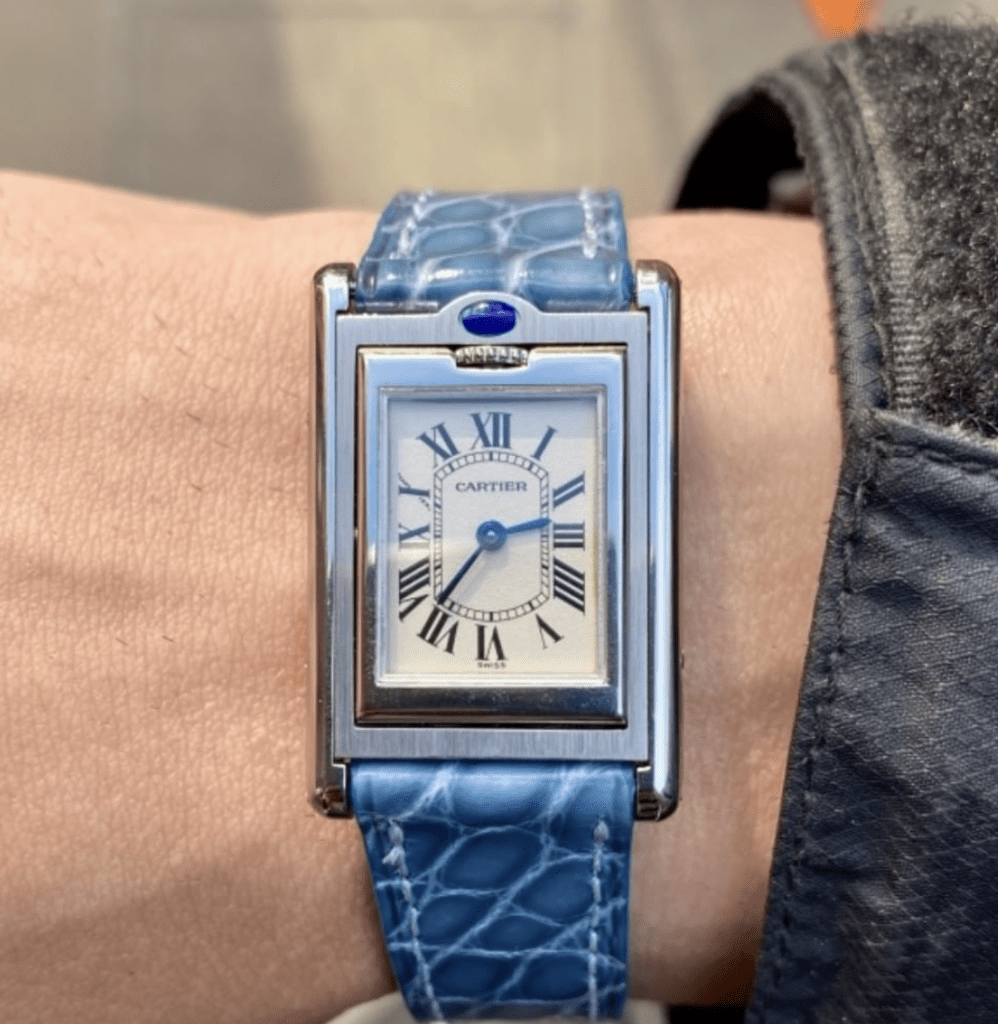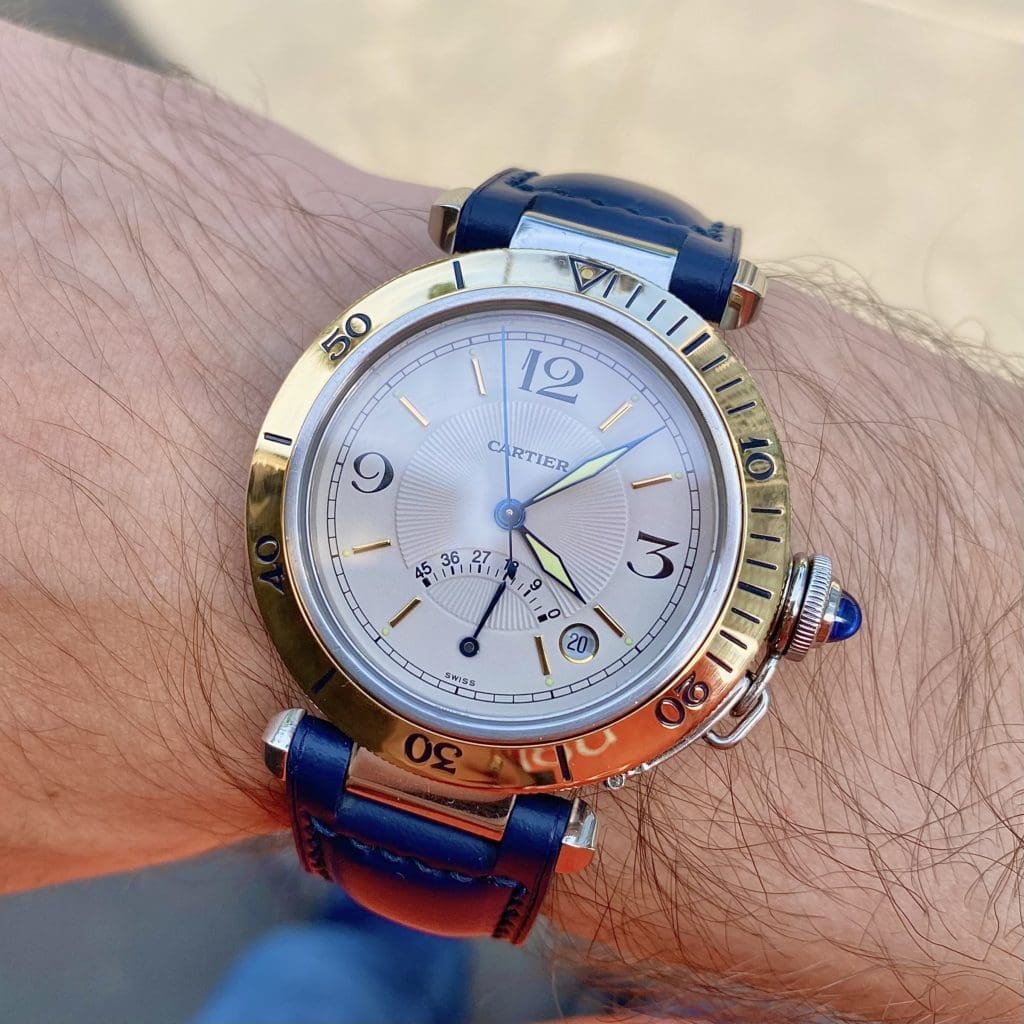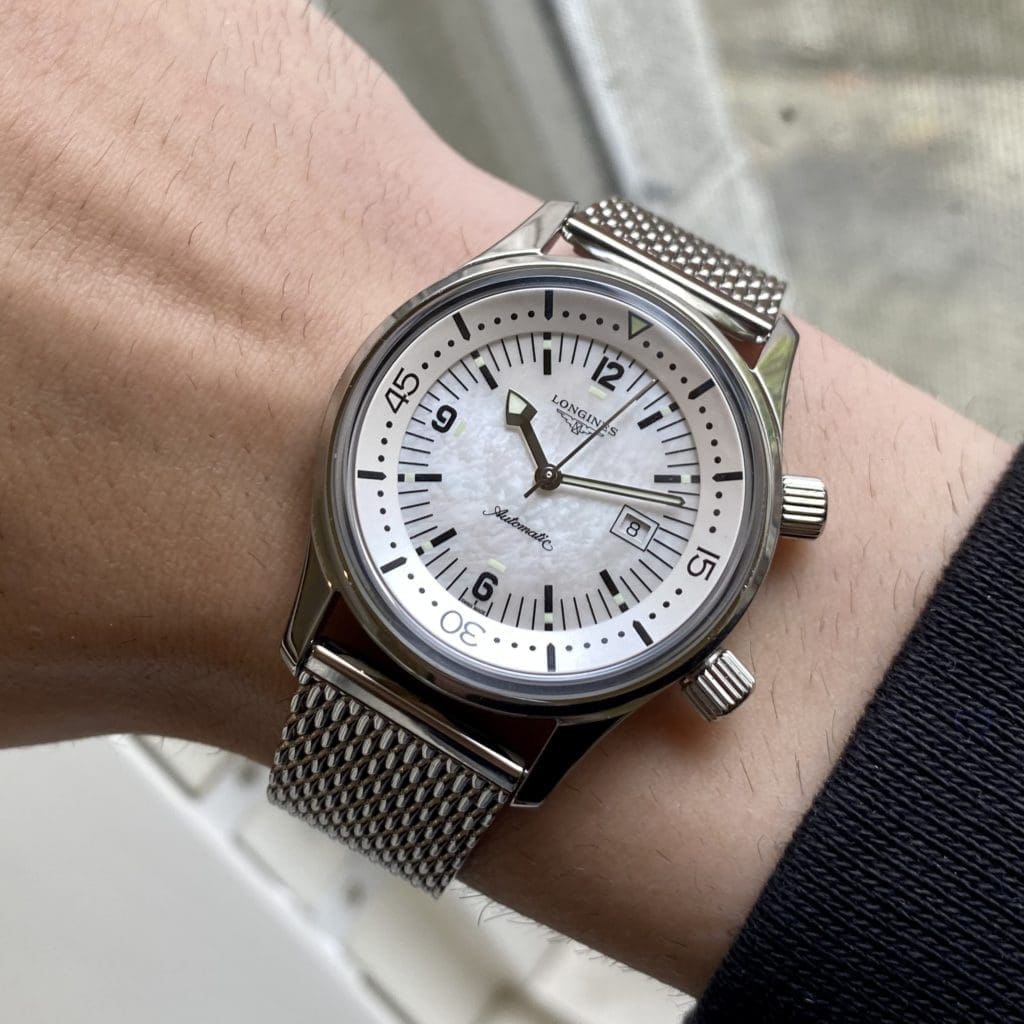Realising I was non-binary made me realise the problem with gendered watches
Fergus NashAccessorising is a huge part of self-expression for everyone alive, regardless of your identity. Your choice of clothing affects how you feel, whether it’s a tuxedo, a summer dress, or just pyjamas while you’re lazing at home. Before I had my own gender revelation, embracing the labels of non-binary and gender fluid, there were always signs that I didn’t fit neatly into masculine expectations. I wore dresses as a kid, all through school I had the longest hair that I was able to get away with, and I would often think to myself that I sometimes felt like a girl in a boy’s body. At approximately the age of nine, I confessed that feeling to another student who printed it out for the other kids to laugh at. That might not sound like much, but it began a pattern of denial and repression that followed me into adulthood, and it’s an experience that a lot of people can relate to across all gender and sexuality spectrums. If you happen to be a watch fan, then feeling unable to wear a watch that calls to you essentially stifles your sense of self.
As a consumer, it can be a confronting experience when breaking the norms. With watches, my first ‘ladies’ watch was a tiny Ernest Borel cocktail watch with a mysterious kaleidoscopic dial. I bought it simply because it was mesmerising to stare at, and the size didn’t bother me one bit. It wasn’t until I started showing it to other people that they commented on its size, and I ended up selling it. Now, there’s definitely a trend towards smaller watches being more acceptable on a man’s wrist, to the extent that I can wear my “ladies” 22mm Cartier Tank Basculante and nobody bats an eye. However, although there is some progress being made, the watch community is rife with symptoms of a deeply set gender divide, no matter how many openly bigoted people get banned from social media groups.
Wristwatches began as functional jewellery for women, grew into a practical tool for men, and the industry acts as though this has never changed. Men get the big watches with water resistance and mechanical movements that are engineering marvels, while women get delicate and decorative quartz fashion watches. This comes across as an imbalance as if women are getting the bad end of the deal, but in a way “women’s watches” are a lot more honest. Like it or not, watches are accessories. They do not define who you are, but you find watches that speak to a certain part of you, or express something with which you wish to associate. For me, a feminine watch can feel like a missing piece has finally snapped into place. Do you wear a dive watch because you’re a man, or because you like the watch? A push for watches to become for everyone is inherently flawed if it only attempts to give women’s watches the traits of men’s watches, or simply shrinks men’s watches to a smaller size. The outcome may fill some gaps in the market, but the idea behind it is still steeped in the gender binary.
Snapping back to a larger scale, and the world has moved rapidly. The dilemmas and gender politics of these watch-based debates are as relevant to modern society as the mechanical movement itself, which is to say, completely outdated. There is decades worth of reading material available, but all it takes is some solid time with Google to research and debunk the standard definitions of gender based on genitalia and hormones. If you attempt to point to animal species as an example of what “occurs in nature”, as if humanity is somehow exempt from nature, then you can still find hundreds of creatures which are intersex, can change their sexes on command, or exist in a state where gender either doesn’t exist or can exist in thousands of combinations. Within all of us exists a balance between the masculine and feminine, and each individual can express that however they wish. It may sound radical, but the only reason it may be difficult to accept is because it challenges a life-long belief.
The point of this, isn’t to campaign for “women being allowed to wear men’s watches”, or even a movement to just remove gendered labels from watch stores. It highlights a flaw in the culture of humanity at large, which itself has dug roots into the watch community. This problem cannot be fixed by the removal of arbitrary labels, because even without them, the manufactured divide between masculine and feminine remains. Equality will never look like a woman wearing a man’s watch, instead it will look like a happy person wearing what they like.
If you read this article looking for a solution to the problem it presents, unfortunately there is no quick answer. It may take many years or even decades, but with enough education and open discourse it must be believed that things can improve. If at any point during this article you felt confronted, I highly recommend this article by Simón(e) D Sun that addresses many misconceptions about the science of gender, packed with scientific peer-reviewed sources.
I write all this knowing that the watch world is undoubtedly isolated from the world at large. For some, this acts as a bastion from life — an outlet for escapism just like any passion or hobby can be. Obsessing over details can be therapeutic, to distract from zooming out and observing the whole picture. But, when it comes to a hobby that instills such a strong sense of community among its followers, the world at large cannot be ignored.







